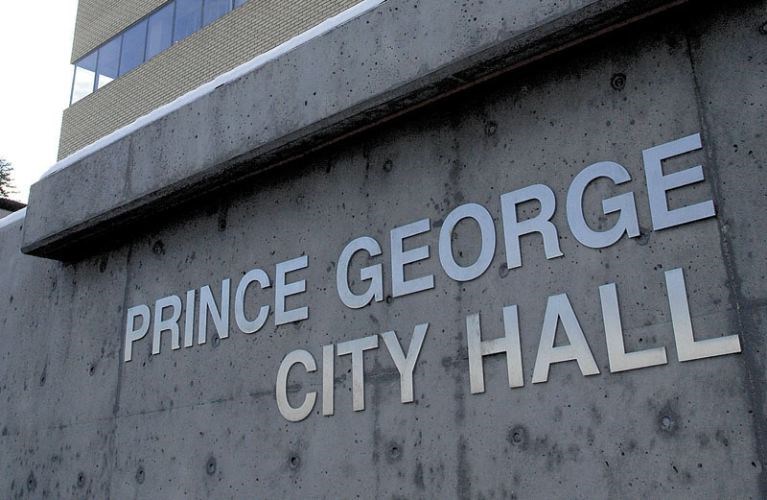A investigation by the City of Prince George found high levels of lead in drinking water at 13 civic facilities.
The city checked the lead levels at drinking fountains and sinks likely to be used for drinking water at 24 civic facilities, city general manager of engineering and public works Dave Dyer wrote in a report presented to city council on Monday.
All public drinking fountains had lead levels below the maximum acceptable concentration listed in the Canadian Drinking Water Guidelines, 10 micrograms per litre. But 22 sinks at 13 different facilities had lead levels in excess of 10 g/L in static water tests (water tested after the sink was unused for a six- to eight-hour period).
All the sinks which were then retested after being allowed to run for 30 seconds came in under the 10 g/L water standard.
"In the 13 buildings where lead concentrations in static samples exceed the (maximum acceptable concentration), city administration is committed to replacing suspect plumbing fixtures to further reduce the risk of exposure to lead at drinking water locations at all city-owned civic facilities," Dyer wrote in his report. "The city encourages the continued use of drinking water fountains and advises that facility users run faucets and taps in washrooms, lunch rooms and meeting rooms until the water runs cold prior to using
the water for consumption as a precaution to eliminate any potential lead exposure."
Facilities which had some sinks with unacceptable lead levels were CN Centre, the Prince George Playhouse, Studio 2880, Studio 2820, Rolling Mix Concrete Arena, the Elksentre, city hall, the Agriplex, the Kin Centre's Kin 2 dressing room and lounge, the city's parks trailer, solid waste building and the 18th Ave. city yard.
The highest lead level recorded was in Studio 2880's downstairs handicapped washroom, which had a static water lead level of 67.6 g/L - nearly seven times the acceptable level. After the water was run for 30 seconds the lead level was only 2.25 g/L.
"Drinking water sources in the City of Prince George's civic facilities do not pose a public health risk to city staff or the general public, as lead concentrations drop below the (maximum acceptable concentration) following 30 seconds of flushing and individuals are not consuming the first 250 mL of water that flows out of the tap following six-eight hours of stagnation period every day,' Dyer wrote in his report. "However, the city will be undertaking additional precautions to keep any potential exposure of lead in drinking water in civic facilities to an absolute minimum."
On Monday, Dyer said the city has already started replacing older plumbing fixtures in civic facilities, which has reduced the static lead levels in some cases.
"We did find that after switching out the valves, the lead value was still high in three of them," Dyer said.
The city will continue to look for solutions to bring lead levels down, he added.
"I think it's an important report and the city is taking action," Coun. Brian Skakun said. "I don't want people to be alarmed."
The Canadian Drinking Water Guidelines are based on the potential for chronic, long-term harm. Long-term exposure to lead has been shown to damage brain development and have negative behavioural impacts in children under six years old, and has also been linked to anemia, neurodevelopmental, neurodegenerative, cardiovascular, renal,and reproductive effects according to Health Canada.
The full city report can be found online here: bit.ly/2BDWsdS.



.png;w=120;h=80;mode=crop)